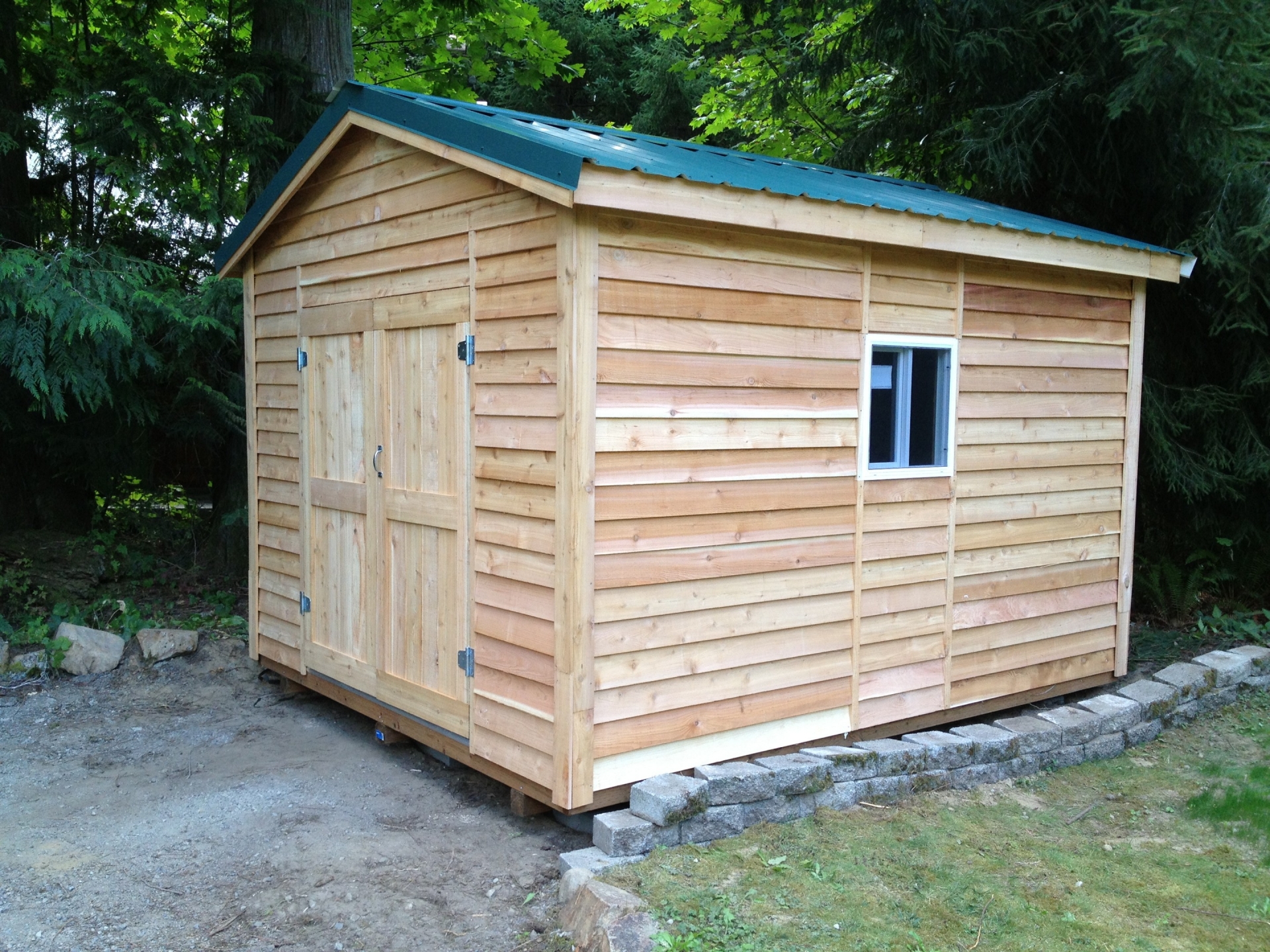
Alright, you've got the shed plans. You're excited. You can practically smell the fresh-cut wood and hear the satisfying thwack of the hammer. But hold on, cowboy! Before you dive into the build, let's talk customization.
Think of those plans as a starting point, a great foundation. But you, my friend, have the power to make this shed uniquely yours. You can make it taller, wider, add windows, or even throw in a cute little porch.
Here's the thing: Modifying shed plans can be a bit intimidating, especially for a first-time builder. But don't worry, I'm here to guide you through the process. Think of it as taking a perfectly good recipe and adding your own special touch. You can still make a delicious meal, it just might be even better with your personal twist.
### The Basics: Understanding the Blueprint
Before we start adding fancy extras, let's get familiar with the basics. Take a good look at those plans. It's like reading a blueprint for your shed.
The foundation: The foundation is the base of your shed. It's the part that holds everything up. Check the plans to see what kind of foundation they call for, like a concrete slab or wooden piers.
Framing: This is the skeleton of your shed. It's the framework that supports the walls, roof, and floor. You'll see measurements and details for each piece of wood in the framing.
Roof: The roof is the top of the shed. Pay attention to the roof pitch and the type of roof truss system used in the plans.
Walls: This is the part of the shed you'll actually see. The plans will show you the details of the wall framing, including the location of windows, doors, and siding.
### Starting Small: Simple Modifications for Beginners
Let's start with some simple modifications that are easy to do and won't mess with the structural integrity of the shed. Think of these as your beginner customization skills:
Height: Want a taller shed to store those kayaks or tall boxes? No problem! Simply adjust the wall framing height on the plans. Just make sure you adjust the roof framing accordingly to maintain the roof pitch.
Width: Need a wider shed to fit that lawnmower and all the gardening equipment? Expand the floor plan by increasing the width of the walls and adjusting the roof framing.
Door Placement: Don't like the default door location? Move it! Just ensure the door fits within the existing wall framing and doesn't interfere with any structural components.
Window Placement: Want a window to bring in some natural light? Pick a spot on the wall and add it to your plans. Make sure the window fits within the existing wall framing and doesn't compromise the structural integrity.
### The Advanced Level: More Complex Modifications
Ready to take things up a notch? Here are some modifications that require a little more knowledge and planning:
Adding a Porch: Who doesn't love a little porch to sit and enjoy the outdoors? You'll need to add a porch roof, support posts, and stairs. This requires some extra framing work and you'll need to adjust the foundation to accommodate the new space.
Adding a Loft: Want extra storage space? Adding a loft is a great way to maximize your shed. You'll need to add additional framing and create a sturdy floor for the loft.
Changing the Roof Pitch: A steeper roof pitch can help shed rain and snow more effectively. This requires adjustments to the roof framing and might affect the overall height of the shed. Be careful with this one as it could impact structural integrity.
Adding a Gable Roof: A gable roof with its triangular shape can offer better drainage and can be more aesthetically pleasing than a simple shed roof. It'll require some serious framing adjustments and planning.
### The Importance of Engineering and Safety
Now, here's the important part: Modifying shed plans can be a great way to personalize your shed. But always check with a qualified engineer before making any significant changes to the structure. This is especially important if you're making changes to the foundation, roof framing, or other structural components. An engineer can help you ensure that your modifications are safe and won't compromise the integrity of the shed.
### Taking the Plunge: Let's Get Building!
You're armed with knowledge, a little confidence, and your customized shed plans. Remember:
Start slow: Don't be afraid to tackle the smaller modifications first. It'll give you experience and build your confidence.
Double-check your measurements: Mistakes happen, so always double-check your measurements before cutting any wood.
Be precise: When it comes to framing and construction, precision is key.
Ask for help: Don't be afraid to ask for help from friends, family, or professionals if you need it.
Building a shed is a rewarding experience, and customizing it makes it even more special. So go out there, get those tools ready, and build yourself a shed that's as unique as you are!



